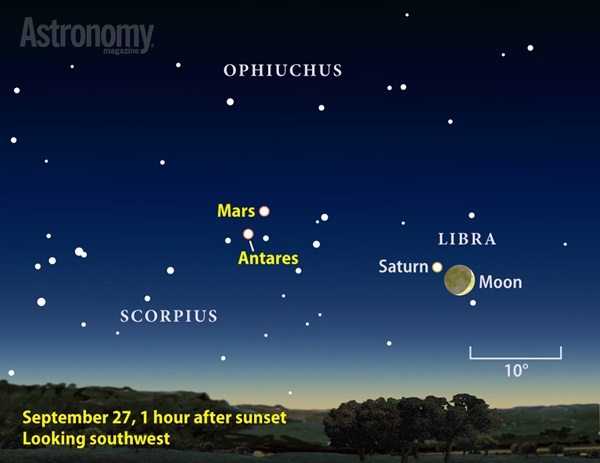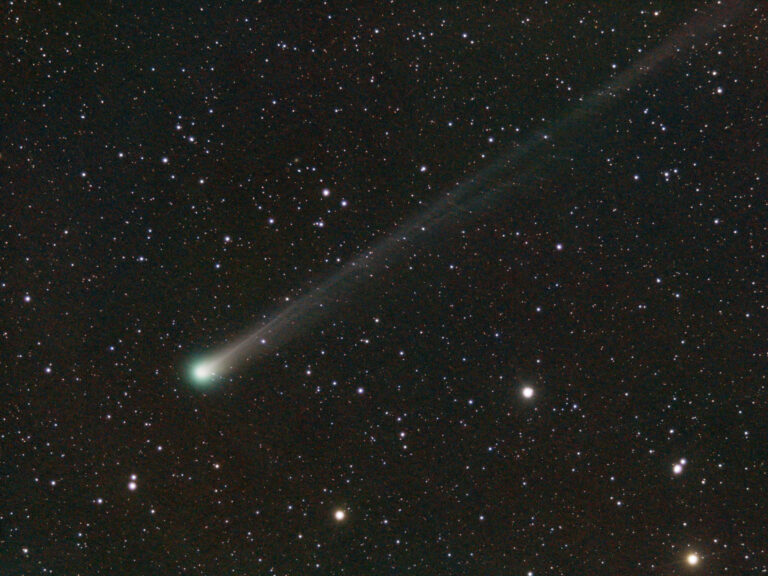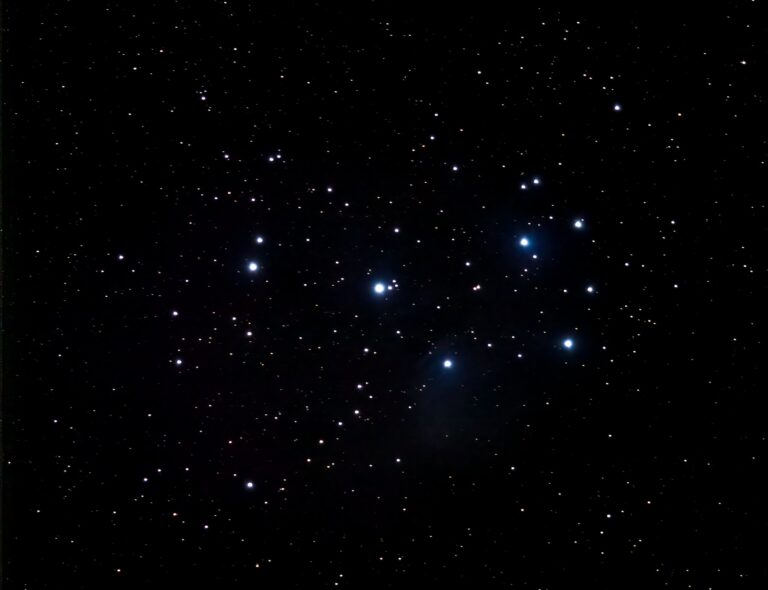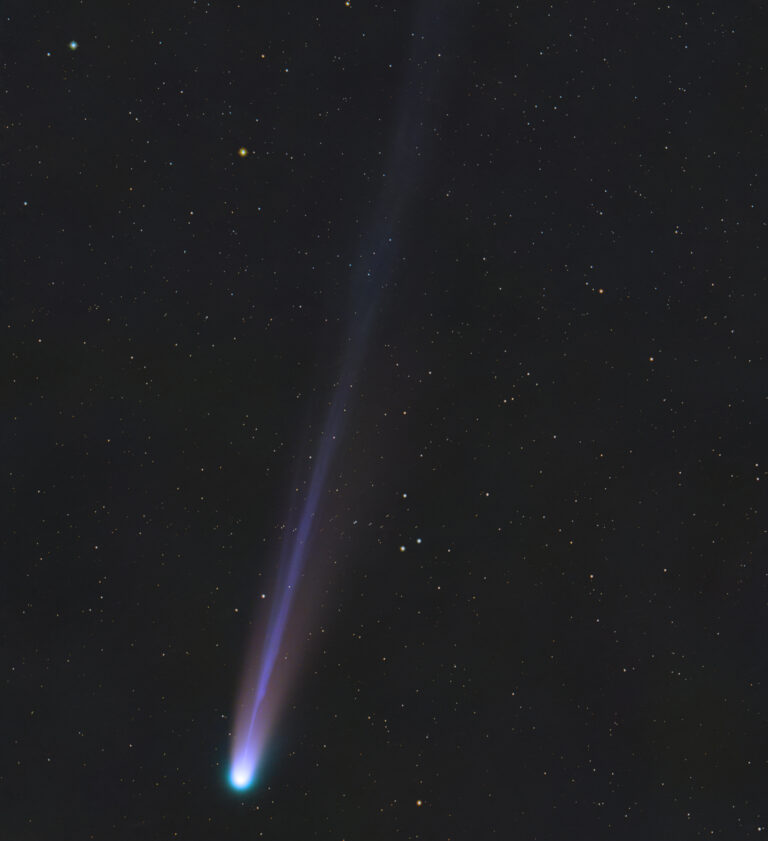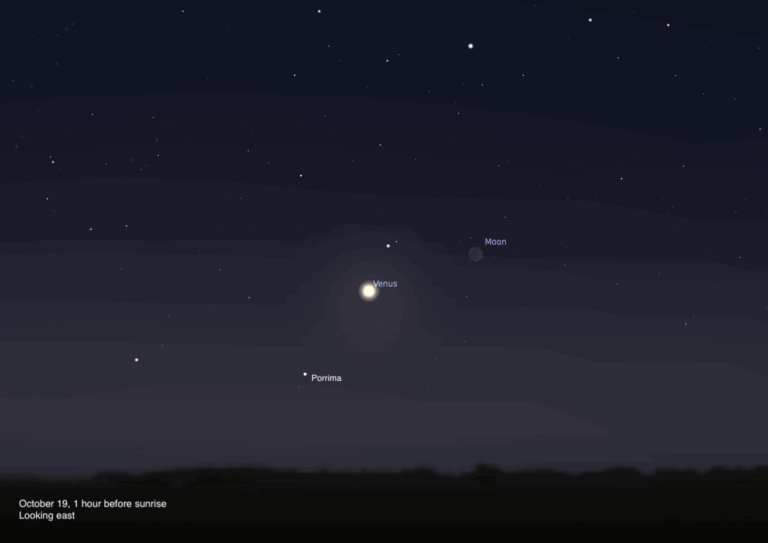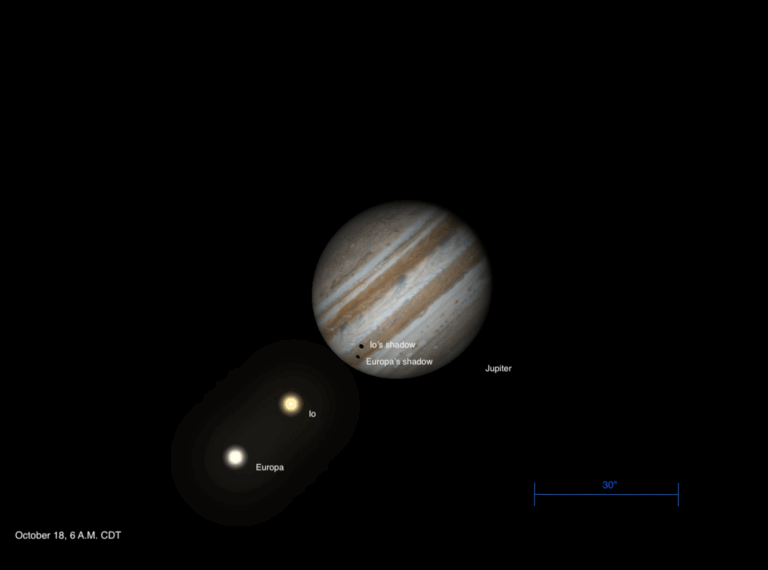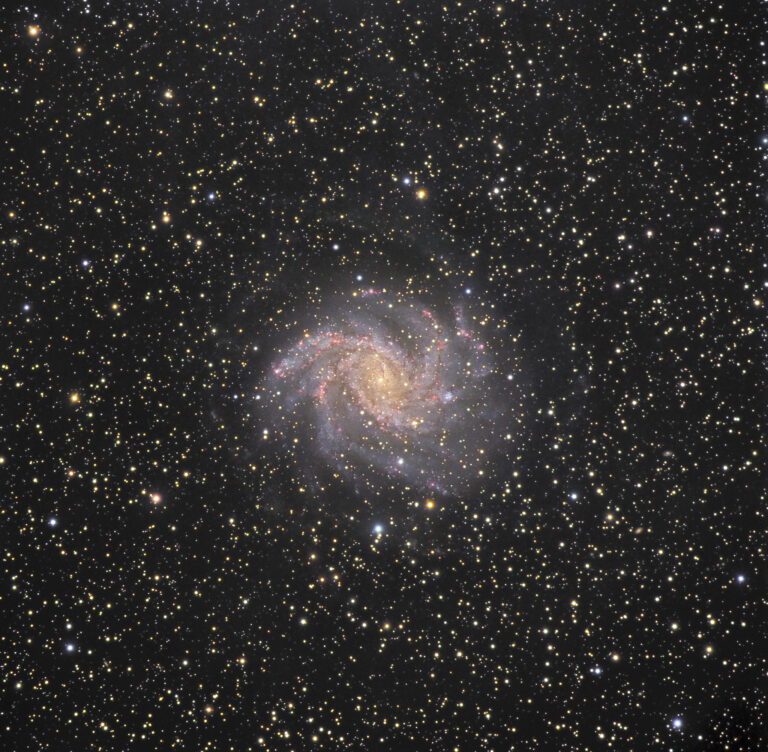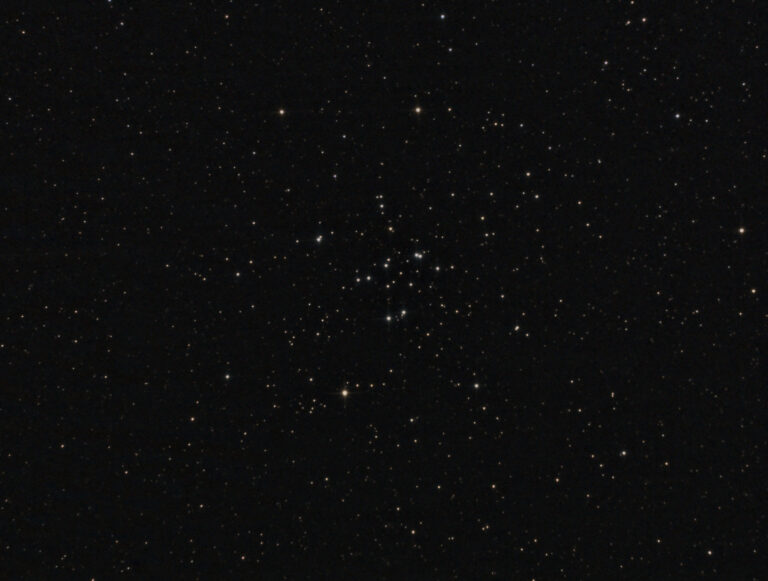Key Takeaways:
As darkness falls tonight, look low in the south-southwest for magnitude 1.1 Antares (Alpha Scorpii).
Now, compare the star to magnitude –1.7 Mars, which lies in the south within the boundaries of the constellation Capricornus.
You’ll note that both objects have a reddish hue, and that tips us off as to why the star carries its common name. “Antares” is a Greek combination of “anti” and “Ares” — literally, the “rival of Mars” or, according to some translations, “equal to Mars.”
Mars is still bright in the night sky. During moments of good seeing, it resolves into a patchwork of dark and bright markings.
From North America, viewing the Red Planet reveals that Syrtis Major, the darkest feature on Mars, lies near the martian central meridian.
The bright Hellas Basin, the planet’s lowest-lying region, sits just south of Syrtis Major. And by month’s end, the dark, fingerlike extension of Mare Cimmerium appears at the center of the disk.

